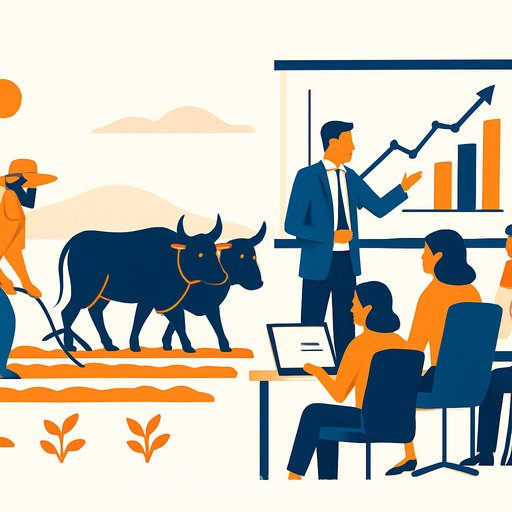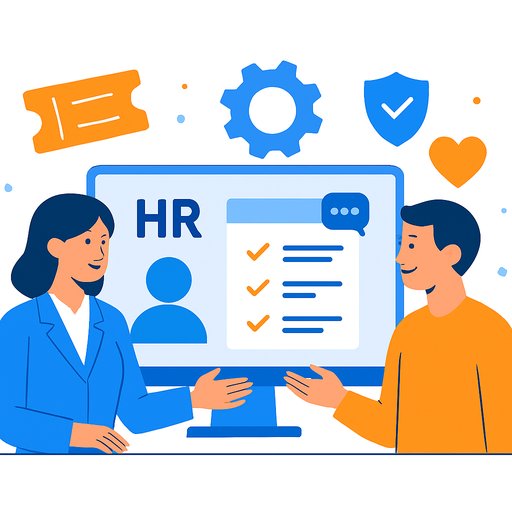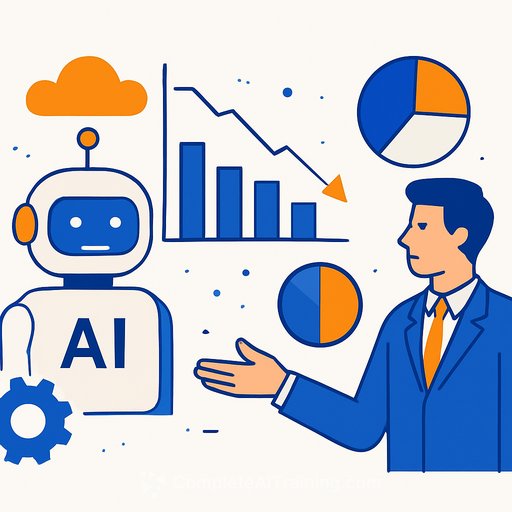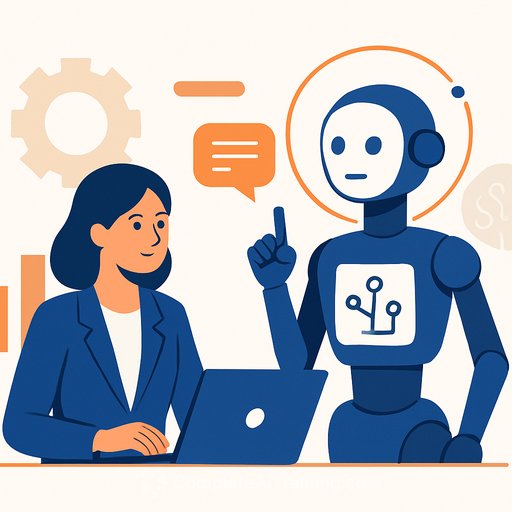What Ancient Farmers Can Teach The Modern Boardroom About AI Strategy
Every day in 2025 brings new advances in AI. From generative tools rewriting code to AI copilots assisting medical diagnoses, the pace feels unprecedented. Yet, this is not the first time humanity has faced a major shift. Our ancestors experienced a similar transformation when they moved from hunting and gathering to agriculture. That change reshaped how people lived, worked, and governed. The lessons from that era offer clear guidance for organizations adopting AI today: success comes from thoughtful governance, investing in people, and evolving policies that support sustainable growth.
From Stone Tools to Silicon Chips: How Societies Adapt to Disruption
About 12,000 years ago, communities in the Fertile Crescent began farming and domesticating animals. This wasn’t an overnight change but a gradual process of experimenting and integrating new methods into daily life. The key takeaway? True transformation builds on existing strengths rather than replacing everything at once. For AI adoption, this means running pilot programs, gathering feedback, reskilling teams, and supporting employees as technology integrates more deeply into workflows.
Strategy: AI Integration Requires Incremental Adaptation
Early farmers developed irrigation and record-keeping systems to manage resources efficiently. Today’s organizations are similarly building infrastructure for AI-powered work, but speed isn’t the priority—sequencing is. According to McKinsey, generative AI could add $4.4 trillion to global productivity annually, yet only 21% of companies have adopted AI in more than one function as of 2023. This measured approach is wise. Boards and CFOs should track AI impact not just by cost savings but by how it shifts value creation. Budgeting for phased rollouts alongside workforce transformation is essential.
Policy: Redesigning Governance for Human-AI Collaboration
Ancient civilizations didn’t stop at inventing tools; they also created laws. The Code of Hammurabi, from 1750 BCE, set rules around property, labor, and resolving disputes. Today’s equivalent includes AI ethics policies, data governance, and accountability standards. The EU’s AI Act, effective 2024, introduces risk-based requirements for transparency and human oversight. Additionally, the European Sustainability Reporting Standards (ESRS) require companies to report AI’s impact on workforce strategy. Boards must ask tough questions: Who is responsible for AI decisions? Are AI processes transparent and auditable? Poor governance risks legal trouble, reputational harm, and talent loss. Treat AI oversight as a board-level priority.
Programs: Cultivating Workforce Resilience and Knowledge Transfer
Early farmers didn’t abandon hunting—they kept both skills as a safety net. Similarly, organizations should avoid rushing to full automation without investing in people. Reskilling needs to be ongoing. PwC reports that 40% of workers will require up to six months of training to stay relevant in an AI-driven economy. Leading companies like AT&T are partnering with providers such as Udacity to cut training time and improve internal mobility. Boards and CHROs should champion programs that:
- Raise digital fluency across all roles
- Align learning and development with talent pipelines
- Preserve institutional knowledge during transitions
If ancient societies could pass down knowledge on farming and astronomy without the internet, organizations can embed AI literacy and skills today.
Measuring What Matters: Human Capital as a Source of Value
The agricultural shift led to population growth and urbanization, setting the stage for modern economies. AI will change how value is measured—especially intangible assets like skills, creativity, and collaboration. Research shows companies that invest in employee well-being outperform peers in long-term returns. That’s why human capital metrics, such as those outlined in ISO 30414, are gaining focus. Boards should demand clear data on how AI adoption improves workforce productivity and resilience, treating human capital ROI with the same seriousness as financial returns.
Final Thought: Change Is Inevitable. Human Judgment Is Indispensable.
AI may seem new, but the pattern is age-old. Transformation is more than tools—it’s about governance, supporting people, and sustaining growth. Societies that prospered after agriculture were not necessarily the most advanced technologically, but those that integrated new tools into stable, human-centered systems. As organizations face this next era, the lessons remain the same: focus on governance, incremental adaptation, and investing in human capability.
For HR leaders looking to build AI knowledge and skills within their teams, exploring targeted AI training programs can be a practical step. Resources like Complete AI Training’s course offerings provide focused learning paths to navigate AI adoption effectively.
Your membership also unlocks:






